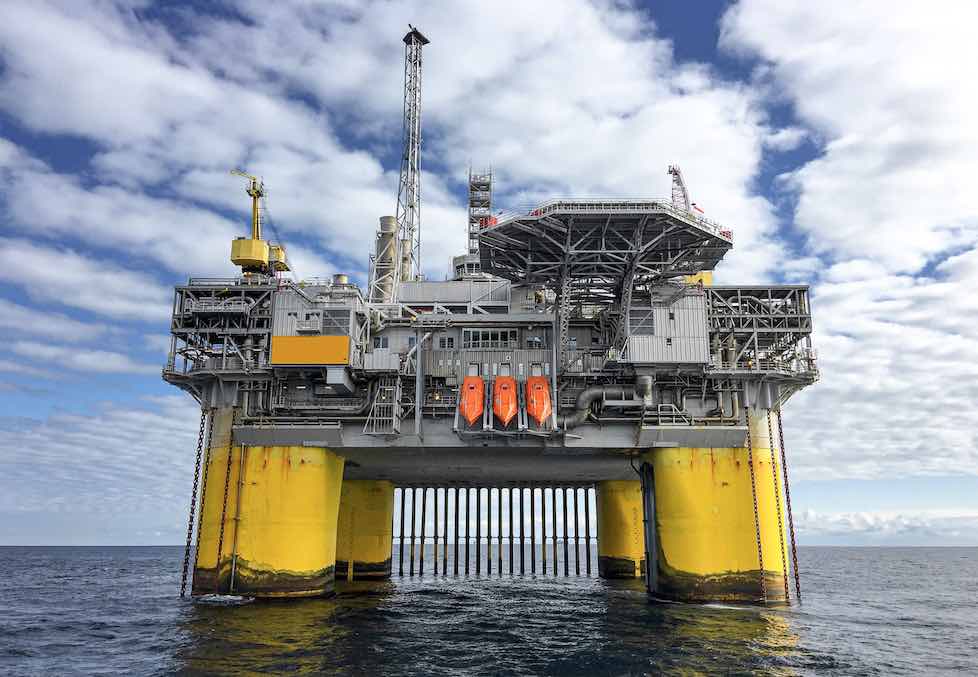27 December 2024
How is the life inside Offshore rigs in the ocean?

Life in the middle of the ocean on these far-away offshore rigs and the facilities provided with the platform.
Introduction
Offshore oil drilling is one of the most popular methods of extracting valuable energy for use in our world today. However, operating far at sea on a floating or fixed platform presents a unique set of challenges. Particularly, for the 50 to 200 men and women who call the offshore platform their home at any given time.
In this article, we will explore life on these far-away offshore platforms and look into what really keeps the workers going for so many months at a time.
Facilities
The facilities on average offshore oil rigs vary a great deal depending on its size, design, and intended purpose. Rigs are operational around the clock, which means two teams of workers will operate on 12-hour shifts each day.
To make the workers as comfortable as possible in their off hours, most rigs have game rooms movie rooms, and gyms. All of them contain laundry facilities and a commissary for snacks and drinks. There is always at least one communal dining hall. There is never a dull moment on an offshore rig. The occupants are either on active duty or making use of any of the available amenities. Cabins are typically bunk style with two to four beds each and an ensuite bathroom shared by occupants of each cabin.
Safety
Offshore rigs incorporate a lot of investment to assure the safety of the people on the platform. Each rig contains a fire room and all workers are properly trained in the use of life-saving fire equipment whenever the need arises. In case there is a need to leave the rig in a hurry, all rigs are mandatorily equipped with enclosed lifeboats that can easily be dropped into the ocean.
Moreover, all rig owners have to meet a series of technical and operational requirements on how to plan and carry out evacuations.
On the other hand, people are never getting to an offshore rig in a hurry. Note that, oil rigs are often located in isolated areas, prone to rough seas. Hence, the rig owners can’t risk heavy ships bashing into the sides of the platform. For this reason, smaller workboats and crew boats are preferable to transfer the workforce from the shore to the rig. Still, this in itself is no easy undertaking. Helicopters, however, though more expensive, are the most common transportation vehicles during bad weather. Through helicopters, rig workers commute both during crew change and the end of service.
Most modern oil platform installation designs, therefore, include adequate landing space for helicopters or a fully designated helipad. The assurance of a safe ride is very important for the workers as they gear up to perform the various difficult tasks awaiting them on the platform.

Operation
In the oil and gas industry, offshore workers’ roles are wide-ranging. Some are medical staff, who man the rigged sickbay. Medics on an oil rig typically work 12-hour shifts remain on call around the clock and return back to land every two weeks for a change of duty.
There are also managers, engineers, and cooks among the workers but the majority of them are roughnecks or hard manual laborers responsible for various chores. These chores keep the rig running day after day. Roughnecks have a variety of jobs and job titles.
Derrick hands are responsible for guiding the stands of the drill pipe into the fingers at the top of the derrick. Monitoring viscosity and the mud density while adding chemicals and oil-based fluids.
One of the most important jobs on the rig is that of the installation manager. Known as the OIM, the installation manager handles all offshore activities on oil rigs. Including the maintenance drilling process project work and training. OIMs are trained on how to handle emergencies and how to ensure the health, general well-being, and above all the safety of the crew which is a prime concern all over the industry.
Oil Rigs
Whereas land-based oil companies can expand their wells as needed, ocean-based businesses need to know the size and type of oil ring required before the drilling starts.
Indeed oil rigs come in a variety of different styles some are built atop shallow ocean shelves. In contrast, some are free-floating and merely tethered to the seafloor. Others are actually mounted atop ships or barges. These types can easily change position from one drilling point to another when the well dries up.
One of the largest seaborne oil fields in the world is the Goliat field off the northern coast of Norway. Goliat field includes a cylindrical floating production storage and an offloading facility called Sevan 1,000 FPSO and 8 subsea templates with up to 32 wells. This field is capable of producing 174 million recoverable barrels so it requires an equally large extraction process. For this, the Var Energy company created the Goliat FPSO project. This massive floating plant has a hole diameter of 270 feet, a storage capacity of 950,000 oil barrels, and carries staff consisting of over 120 full-time workers.

Despite operating in the arctic circle the Goliat platform construction actually took place at a Hyundai plant in south Korea. To get it from there, required a journey consisting of about 16,000 nautical miles. Dockside vanguard, the largest heavy transport vessel in the world handled this task. To get the platform on board several tugboats slowly towed it out into the harbor. There, the dockwise vanguard flooded its tanks submerging its platform by around 30 meters. As soon as the platform was into position, they cleared the tanks and the Goliat was ready for transport. The trip took 63 days.
See Also

The reason why underwater cables are so expensive
Why underwater cables are so expensive? Get up to speed on underwater cables construction, application, recycle while also advanced cable laying vessels.


